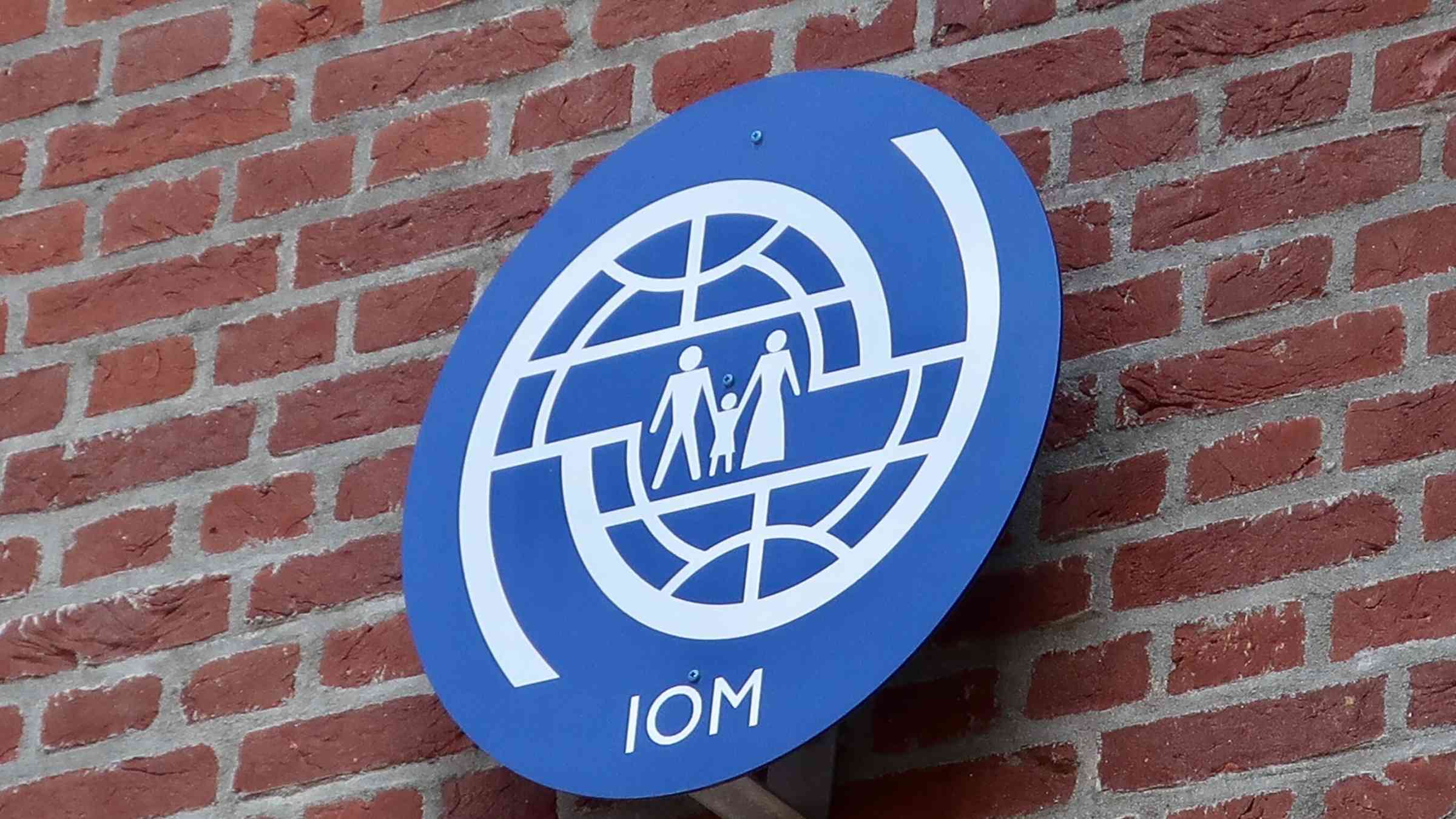
MATABELELAND South province has recorded the highest number of migration outflows, reaching 55%, as residents seek greener pastures elsewhere among other reasons, the latest International Organisation for Migration(IOM)'s flow monitoring registry report shows.
Masvingo was second with an outflow of 17%.
According to the report, 34 135 (53% male, 47% female) movements were observed, while 1 099 migrants were surveyed at 22 flow monitoring points (FMPs) across Zimbabwe.
The report also indicated that the majority, at 90% of the surveyed migrants, identified as Zimbabwean nationals, while 66% were inflows.
It said the outflows comprised 34% of the observed movements.
The IOM report said the main sending districts were Beitbridge, Harare and Chiredzi.
The main receiving districts were Harare, Beitbridge and Bulawayo while surveyed migrants with identification documents were at 69%.
“The majority (90%) of the surveyed migrants identified as Zimbabwean nationals, while 4% were Zambians and 2% indicated they were nationals of both Zimbabwe and South Africa.
- Zidane to be named PSG coach next season – report
- Erik ten Hag: Manchester United appoint Ajax boss as club’s new manager
- Byo Chiefs, Gem Boys share spoils
- Reunification facility gives migrants lifeline
Keep Reading
“Among the interviewed Zambian nationals, 42% were travelling to Zimbabwe for commercial activities, primarily to sell clothes and food,” the report read.
“Of the observed movements, the primary sending districts were Beitbridge (51%), Harare (10%) and Chiredzi (9%), while the main receiving districts were Harare (25%), Beitbridge (18%), and Bulawayo (11%).
“Matabeleland South province recorded the highest number of outflows (55%), followed by Masvingo province, which recorded 17% outflows.”
IOM said Harare province recorded the highest inflows (25%), and Matabeleland South province recorded 21%.
Migrants from Matabeleland South were primarily destined for Limpopo (63%) and Gauteng (33%) provinces in South Africa.
“Eighty-nine percent of the interviewed migrants were interviewed along the Zimbabwe-South Africa corridor, while 11% were interviewed at the Zimbabwe-Zambia corridor.
“The top four reasons for movements cited by interviewed migrants during the reporting period were returning to existing places of employment (21%), looking for livelihood opportunities (18%), family reunification (17%) and looking for employment (13%),” it said.
IOM also observed that 92% of the migrants returning to their existing places of employment identified South Africa as their destination country and had started their journey in Zimbabwe.
“At formal border crossings, the Zimbabwe Department of Immigration Control recorded 200 305 entries and 186 591 exits at the Beitbridge Border Post, while the Chirundu Border Post registered 19 758 entries and 20 431 exits,” it said.
“Among the migrants surveyed, 41% reported being employed, while 31% were unemployed and actively seeking work. An additional 19% were self-employed, primarily engaged in income-generating activities such as poultry farming, informal vending and livestock farming. Remittances were identified as a key source of income for 14% of migrants residing in Zimbabwe.”
IOM said these were typically received monthly and predominantly used to cover essential needs such as food and household expenses.
It said migrants reported experiencing various shocks, including the death of a close family member (34%), health issues within the family (30%) and job loss (16%).
“Vulnerable groups included 362 pregnant women, 214 unaccompanied children and 88 individuals living with chronic illnesses,” the report said.









